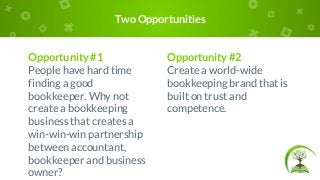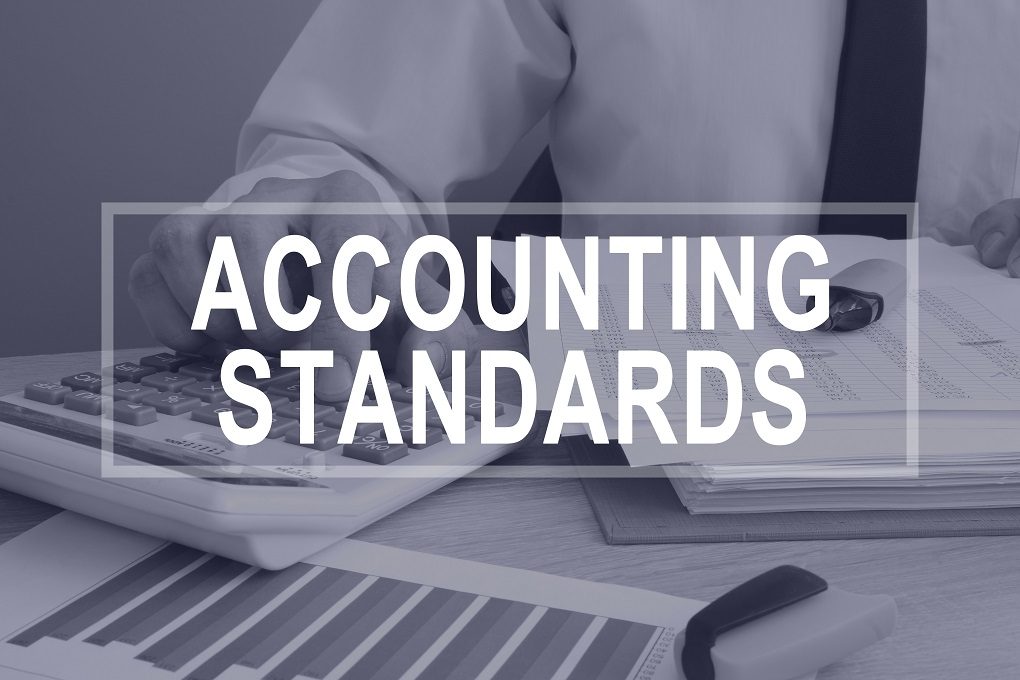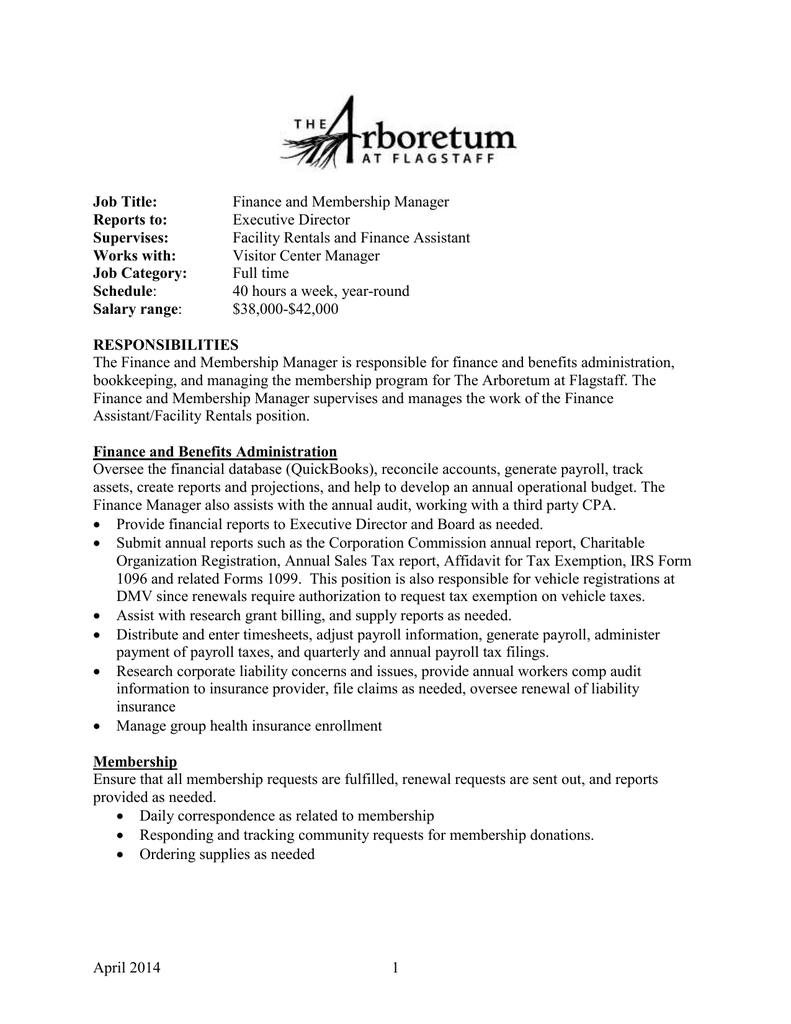
There are three types of responsibility centers: Profit-based, Process-oriented and Cost-based. This article will discuss the differences between these types and the hierarchical structure of a responsibility center. Learn more. The purpose and function of a responsible center is to enhance company performance. Your company's success will depend on whether the responsibility center is profit-oriented or process-oriented.
Cost centers
Centers of responsibility are key elements of management. It involves the collection of qualitative and quantitative data and the analysis for deviations from the normative data. Information about actual and regulatory costs should be included in the primary documents that responsibility centers prepare. This information is useful for regulatory cost management and regulation. Any deviations from normative data exceeding 1% and/or 3% should be made known to the head or responsibility center.
There are different types of responsibility centers, such as profit centers, revenue centers, and investment centers. Many centers of responsibility manage cost in holding structures. Subsidiaries report to the parent company, and are responsible for budget execution. Although the responsibilities of these managers can vary from one division or another, overall, an organization's financial situation can be described as a matrix that includes many lines of responsibility. Once the responsibility centers have been identified and responsibilities assigned, it is vital to ensure that budgets can be implemented.
Process-oriented responsible centers
This approach to management is great, but it can be counterproductive. Process-oriented management centers place more emphasis on the organization’s hierarchy than on individual wants or needs. This is one of the biggest limitations of this type of management. This management style can also cause the managers to sabotage the company’s initial goals.
The key to a responsible center is identifying the roles and responsibilities of each employee. A manager can monitor performance by comparing actual revenue with projected revenues. Another aspect of a responsible center is how it helps control costs. The company can monitor the returns of funds it has invested in its business operations by setting up a financial center. A process-oriented management approach has its benefits, but there are also some drawbacks.
Profit-based Responsibility Centers

Organizations divide their business into segments. Each segment is responsible to pay specific costs, generate revenues, or invest. These segments could be based upon sales regions, product lines or the services provided. Managers will be able to manage their responsibilities and maximize their impact by knowing the details of these segments. Organizations should provide financial reports for each section, listing the individual manager's responsibility, to manage expectations. Profit-based responsibility centers can be very effective in driving organizational performance.
The investment center and profit center are the most popular profit-based responsibility centres. The investment center focuses more on returns than revenues. The first measures investment results using a common rate of cost-of capital, which measures their performance relativeto the cost to capital. These two different kinds of responsibility centers are similar, but focus on different aspects of the organization. It is important to clarify the differences between each type in the organization's budgeting, performance measures and other areas.
The hierarchical structure of a center for responsibility
It is not easy to manage a responsibility centre using a hierarchy-oriented and process-oriented approach. It can cause a company to lose sight of its initial goals if it focuses too much on the hierarchy. The most efficient accountability centers monitor the performance of each section individually. But a responsibility hub should not be process-oriented to be effective. This article discusses the best practices for creating an efficient responsibility center.

The term "responsibility central" is an organizational structure that segregates various functions. It is an operating unit within an organization with its own goals, policies and procedures. Typically, a responsibility center holds a manager responsible for specific revenue streams, while a cost center holds a manager responsible for all costs. In large corporations, responsibility centers are all the divisions and employees within the company.
FAQ
What is bookkeeping?
Bookkeeping is the art of keeping records of financial transactions for individuals, businesses, and organizations. This includes all income and expenses related to business.
All financial information is kept track by bookkeepers. These include receipts. Invoices. Bills. Payments. Deposits. Interest earned on investments. They also prepare tax returns and other reports.
How do I start keeping books?
For you to begin keeping your books, you'll need a few things. These include a notebook, pencils, calculator, printer, stapler, envelopes, stamps, and a filing cabinet or desk drawer.
How do accountants work?
Accountants work closely with their clients to make sure they get the most from their money.
They work closely with professionals such as lawyers, bankers, auditors, and appraisers.
They also work with internal departments like human resources, marketing, and sales.
Balanced books are the responsibility of accountants.
They calculate the amount of tax that must be paid and collect it.
They also prepare financial reports that reflect how the company is doing financially.
What training do you need to become a bookkeeper
Basic math skills are required for bookkeepers. These include addition, subtraction and multiplication, divisions, fractions, percentages and simple algebra.
They should also know how to use computers.
Many bookkeepers have a highschool diploma. Some even have college degrees.
What is the purpose of accounting?
Accounting is a way to see a financial picture by recording, analyzing and reporting transactions between people. It allows organizations to make informed financial decisions, such as whether to invest more money, how much income they will earn, and whether to raise additional capital.
To provide information on financial activities, accountants record transactions.
The data collected allows the organization to plan its future business strategy and budget.
It is vital that the data are reliable and accurate.
Statistics
- According to the BLS, accounting and auditing professionals reported a 2020 median annual salary of $73,560, which is nearly double that of the national average earnings for all workers.1 (rasmussen.edu)
- Given that over 40% of people in this career field have earned a bachelor's degree, we're listing a bachelor's degree in accounting as step one so you can be competitive in the job market. (yourfreecareertest.com)
- BooksTime makes sure your numbers are 100% accurate (bookstime.com)
- The U.S. Bureau of Labor Statistics (BLS) projects an additional 96,000 positions for accountants and auditors between 2020 and 2030, representing job growth of 7%. (onlinemasters.ohio.edu)
- Given that over 40% of people in this career field have earned a bachelor's degree, we're listing a bachelor's degree in accounting as step one so you can be competitive in the job market. (yourfreecareertest.com)
External Links
How To
How to do bookkeeping
There are many options for accounting software today. While some software is free and some cost money to purchase, many offer basic functions such as billing, invoicing, inventory management, payroll, point-of sale, financial reporting, and processing of payroll. Here is a list of the most commonly used accounting packages.
Free Accounting Software: Most accounting software is free and available for personal use. Although it may not have all the functionality you need (e.g., you can't create your own reports), it is easy to use. A lot of free programs can be used to download data directly to spreadsheets. This makes them very useful for anyone who wants to do their own analysis.
Paid Accounting Software (PAS): Paid accounts for businesses with multiple workers. These accounts provide powerful tools for managing employee records and tracking sales and expenses. They also allow you to generate reports and automate processes. The majority of paid programs require a minimum one-year subscription fee. However, some companies offer subscriptions that are less than six months.
Cloud Accounting Software: Cloud accounting software allows you to access your files anywhere online, using mobile devices such as smartphones and tablets. This program is becoming increasingly popular due to its ability to save space on your computer hard drives, reduce clutter, and make remote work easier. No additional software is required. All you need is a reliable Internet connection and a device capable of accessing cloud storage services.
Desktop Accounting Software: Desktop accounting software is similar to cloud accounting software, except that it runs locally on your computer. Desktop software can be accessed from any device, including mobile devices, and works similarly to cloud software. However, unlike cloud, you have to install it on your computer before using it.
Mobile Accounting Software: This mobile accounting software was specifically developed to work on tablets and smartphones. These programs allow you to manage finances from anywhere. They have fewer functions that full-fledged desktop apps, but they're still extremely useful for people who travel often or run errands.
Online Accounting Software: Online accounting software is designed primarily for small businesses. It includes everything that a traditional desktop package does plus a few extra bells and whistles. Online software does not need to be installed. Just log in and you can start using it. Online software also offers the opportunity to save money as you can avoid local office fees.